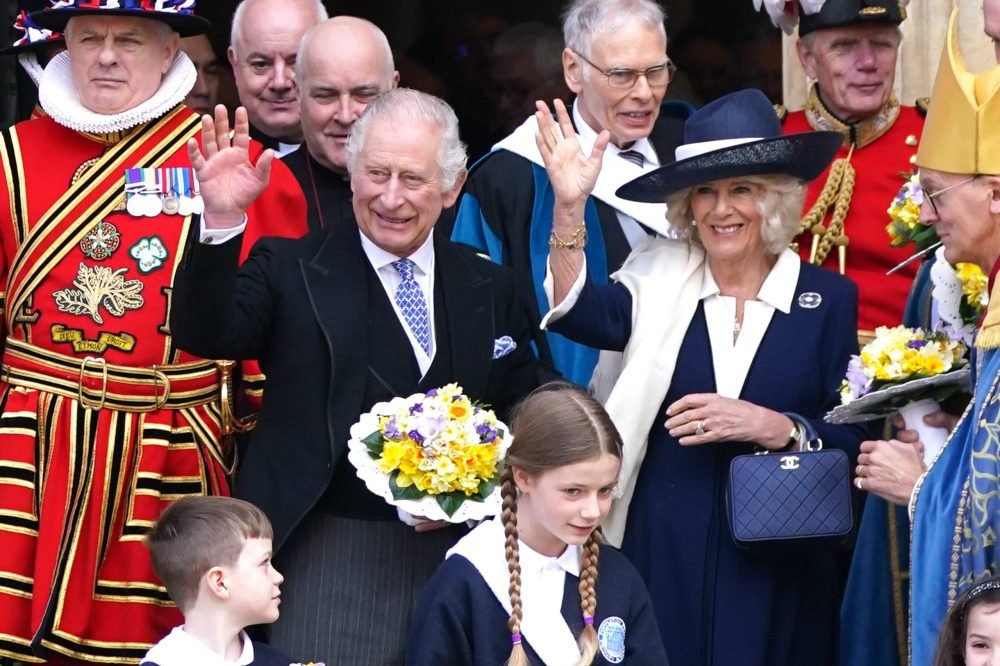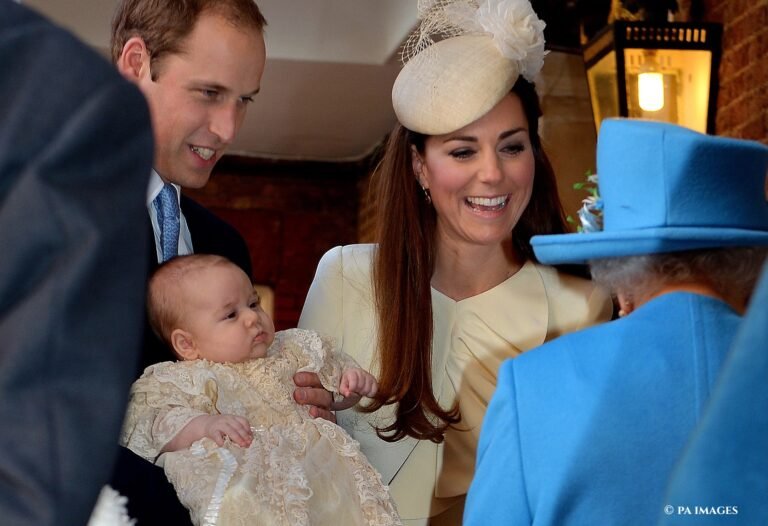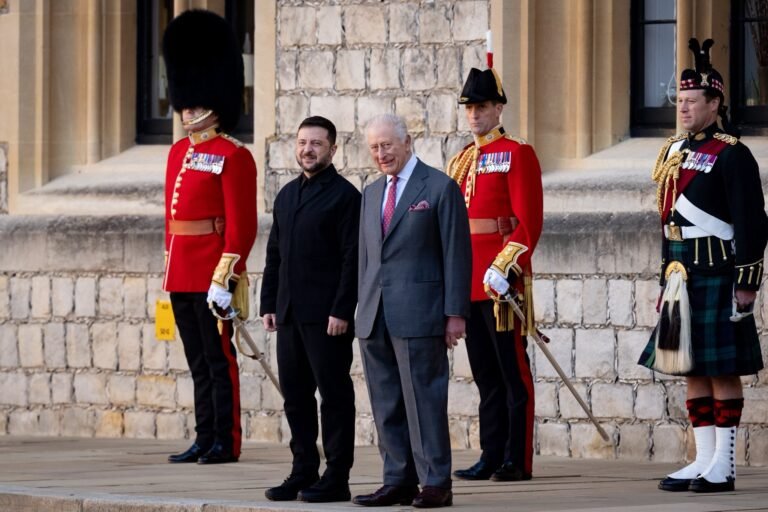Held on Maundy Thursday, the day before Good Friday, Royal Maundy is a ceremony in which the Monarch ceremonially distributes small silver coins known as ‘Maundy money’. It usually takes place during a church service to mark the day, on which Jesus held the Last Supper with his disciples.
What we know as Maundy Thursday today stems from the ‘maundy’ or mandatum (instruction) of Jesus at the Last Supper, which stated that his followers should love one another; here, he also washed his disciples’ feet.

The first English Monarch to be recorded as distributing alms at a Maundy service was King John, of Magna Carta fame, in 1210. In Knaresborough, Yorkshire, the King donated food, clothes and other gifts. It was in 1213 that the record of silver coin distribution was made.
By 1363, under Edward III, the Monarch washed the feet of peasants, imitating Jesus. This stopped in the 18th century, but continues in some areas of Christianity – the Pope still carries out this practice.
Recipients of Maundy Money were once chosen for their poverty and were entitled to remain as Maundy recipients for life. Nowadays, The King distributes special Maundy money to local pensioners as symbolic alms, and new recipients are chosen each year for service to their churches or communities, on the recommendation of clergymen.
The number of men and women chosen is the same as The Sovereign’s age. This tradition comes from Henry IV’s (1367-1413) decree.


Before Elizabeth II made a decision to travel the country almost every year in 1957, the ceremony was always in London. 2017’s service will be held at Leicester Cathedral.
Each recipient of Maundy money is given two small leather purses, one red and one white. It is thought the idea of a purse was begun by Elizabeth I.


The red purse contains a ordinary coinage, a total of £5.50 given in lieu of gifts of clothing and food, which was once bestowed upon the recipients by former Sovereigns: £3 for clothing, £1.50 in lieu of provisions and £1 for the redemption of the Sovereign’s gown, which used to be divided into pieces for the recipients.
The white purse contains Maundy coins up to the value of the Sovereign’s age. The King’s Maundy money is, in fact, legal tender, but no one dares spend these silver coins due to their sentimental value and the silver in them – they are certainly not face value!

The King’s makes half of the presentations after the first lesson of the service, and half after the second: a reading of John 13:34 (which contains the mandatum), then John 13, and Matthew 25, which describes the Last Judgment. Anthems, led by the Chapel Royal choir and the local choir, are sung while the distribution is going on, ending with Handel’s ‘Zadok the Priest’.
The traditional Maundy Dish – which is part of the Royal Regalia kept at the Tower – is used for distribution. Yeomen of the Guard hold the dishes for presentation.
It was George V who first attended Maundy service again; from 1699, William III did not attend, sending a member of the Royal Family, or the Lord High Almoner (distributor of alms) in his place. The Queen has missed four services in her 65-year-reign – two following the birth of a child, and two whilst away on Commonwealth tours.
In 2020 and 2021, due to the pandemic, the service was cancelled, but nominated parishioners still received their coins.
Her Majesty is also presented with a ‘nosegay’ – a posy of flowers – after the service. These are also part of a long-standing tradition from when feet-washing was halted: flowers were given to hide bad smells, and make the nose gay.

Prior to this, scented water was used during the wash to camouflage the odour. Linen towels worn by several of the officials also denote the former practice. There is a Royal Warrant Holder specifically in charge of creating these flower arrangements for the service each year.
Royal Maundy remains a powerful symbol of humility, service, and community, embodying the enduring spirit of the Monarch’s connection with the people.








